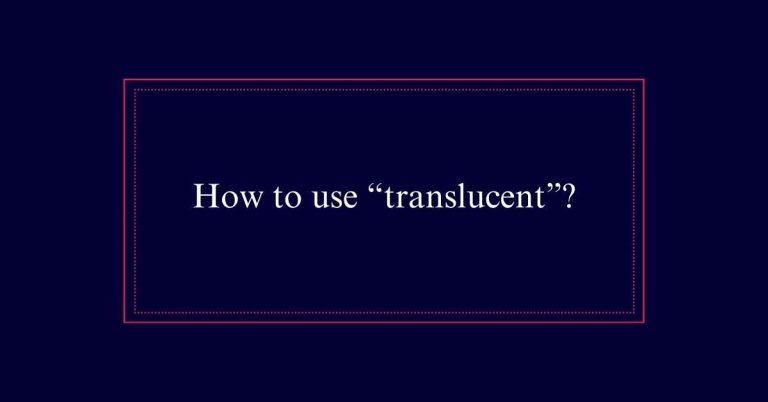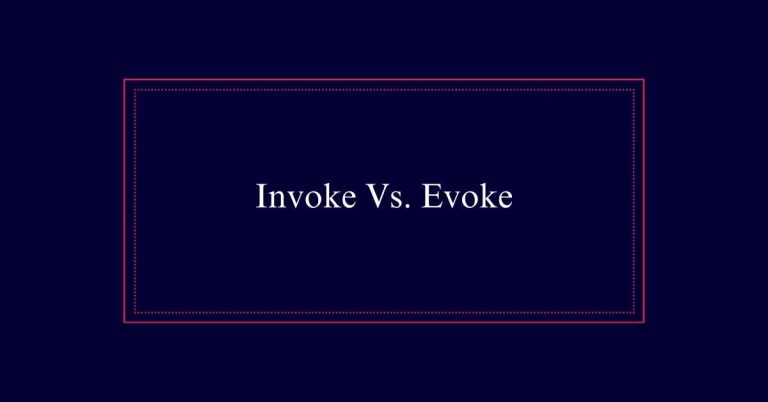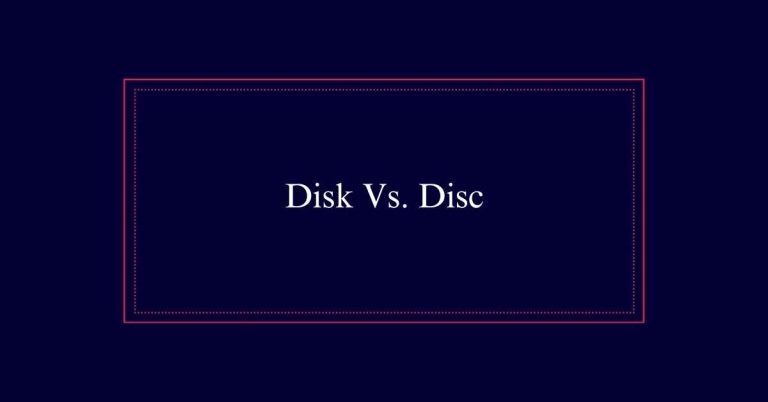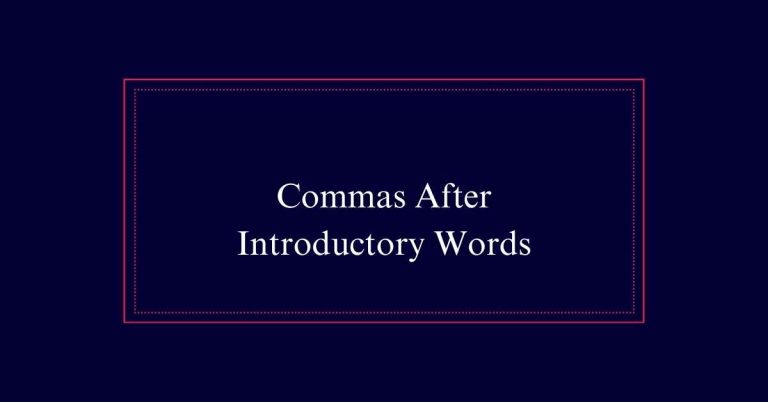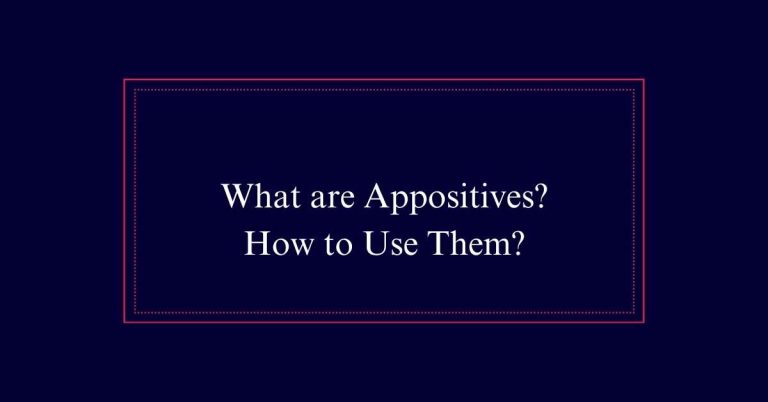Coming Down the Pike Vs. Coming Down the Pipe
‘Coming down the pike’ and ‘coming down the pipe’ are often confused. ‘Coming down the pike’ refers to future events or changes approaching, originating from ‘turnpike,’ which signifies something on the horizon. It conveys uncertainty about future developments. In contrast, ‘coming down the pipe’ indicates definite, known events that are set to occur soon, suitable for business contexts like scheduled updates or planned phases.
Meaning of ‘Coming Down the Pike’
The phrase ‘coming down the pike’ refers to an event or change anticipated in the future, often implying an element of uncertainty. It suggests something is approaching but not yet fully defined. This idiom is commonly used in discussions about future developments, potential changes, or upcoming trends.
The uncertainty associated with ‘coming down the pike’ differentiates it from similar phrases. For instance, it contrasts with ‘coming down the pipe,’ which suggests a more certain, known development. Understanding this distinction allows for more precise communication, especially in professional settings where importance is key.
Synonyms include ‘around the corner,’ ‘imminent,’ and ‘unfolding,’ which also convey the sense of impending events.
Historical Origins
Rooted in American history, the phrase ‘coming down the pike’ originates from the term ‘turnpike,’ referring to major roads where tolls were collected. Turnpikes were crucial routes for travel and commerce. As vehicles approached, they symbolized forthcoming events or changes. This concept evolved into the idiom signifying something impending or on the horizon.
| Term | Meaning |
|---|---|
| Turnpike | Major toll road |
| Coming down | Approaching or imminent |
| The Pike | Abbreviation for turnpike |
| Historical Use | Linked to travel and commerce routes |
Common Misconceptions
Many people mistakenly use ‘coming down the pipe’ when they mean ‘coming down the pike.’ This confusion stems from a lack of awareness about the origins and meanings of these phrases.
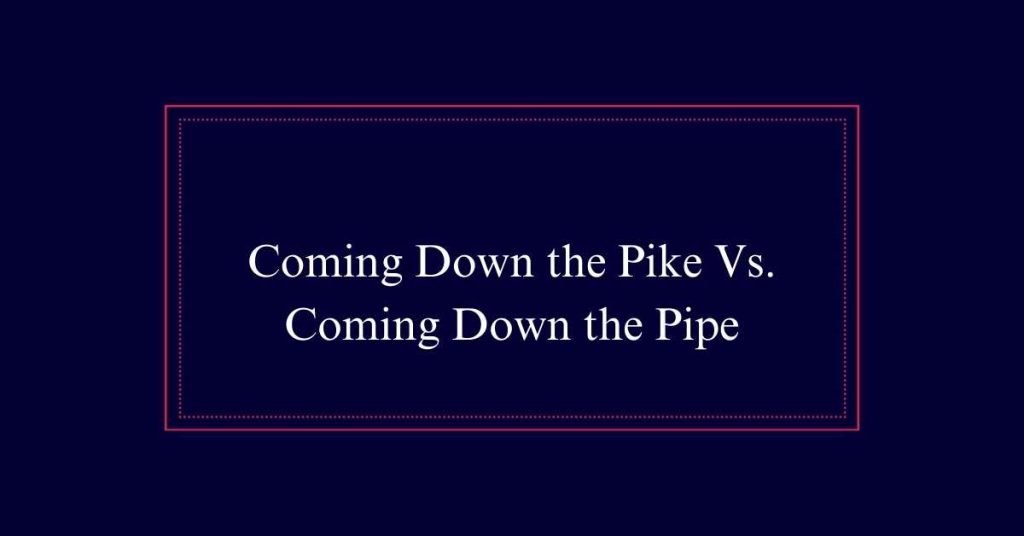
‘Coming down the pike’ refers to something upcoming or imminent, originating from ‘turnpike,’ whereas ‘coming down the pipe’ implies a known development already in progress. This frequent mix-up can lead to misunderstandings.
Common misconceptions include:
- Believing both phrases are interchangeable.
- Assuming ‘pipe’ and ‘pike’ convey the same level of certainty.
- Ignoring the context in which each phrase should be used.
‘Down the Pike’ Usage
Understanding how to use ‘down the pike’ correctly can enhance communication by accurately conveying the idea of an impending event. This phrase originates from ‘turnpike’ and often refers to something approaching from the future, often with an element of uncertainty. It is frequently used in various contexts, from business forecasts to personal plans. Here is a table for further clarity:
| Context | Example | Meaning |
|---|---|---|
| Business | New policies down the pike | Future changes in policy |
| Technology | Innovations coming down the pike | Upcoming tech advancements |
| Personal | Plans coming down the pike | Future personal plans |
| News | Stories down the pike | Upcoming news reports |
‘Down the Pipe’ Usage
‘Down the pipe’ is a phrase used to describe a known development that is expected to occur soon. This idiom suggests that something specific and anticipated is on its way.
Unlike ‘coming down the pike,’ which often implies uncertainty, ‘down the pipe’ refers to events or changes that are definite and planned.
Examples of ‘down the pipe’ usage include:
- Corporate announcements: Known changes in leadership or policy expected to be revealed.
- Product launches: Planned releases of new technologies or consumer goods.
- Regulatory updates: Scheduled implementation of new laws or guidelines.
Synonyms and Alternatives
While ‘down the pipe’ conveys a clear, anticipated event, it’s helpful to explore synonyms and alternatives that can articulate similar impending developments.
Expressions such as ‘around the corner,’ ‘coming to pass,’ ‘imminent,’ ‘incoming,’ and ‘unfolding’ provide nuanced ways to indicate future events. These phrases can effectively replace both ‘coming down the pike’ and ‘coming down the pipe’ depending on the context.
For example, ‘around the corner’ suggests something is very near, while ‘unfolding’ hints at a process currently happening. Utilizing these alternatives can enhance clarity and precision in communication, ensuring the intended message about future developments is conveyed accurately.
Workplace Examples
In the workplace, the phrases ‘coming down the pike’ and ‘coming down the pipe’ often describe anticipated changes or developments. These expressions are commonly used to alert employees about upcoming shifts or adjustments.
- New policies: Management may inform staff that new regulations are ‘coming down the pike,’ suggesting imminent yet not fully defined adjustments.
- Technology upgrades: IT departments might use ‘coming down the pipe’ to indicate specific, planned updates to software systems.
- Market trends: Analysts could discuss trends ‘coming down the pike,’ indicating potential but uncertain impacts on business strategies.
Media Industry Examples
Just as workplace dynamics are influenced by impending changes, the media industry also experiences shifts that can be described as ‘coming down the pike’ or ‘coming down the pipe.’ These changes impact how content is created, distributed, and consumed. For example, the shift to digital platforms is a significant trend. Below is a table illustrating various media industry changes:
| Trend | Description | Phrase Use |
|---|---|---|
| Digital Shift | Moving from print to online media | Coming down the pike |
| Streaming Services Growth | Increase in streaming platform subscriptions | Coming down the pipe |
| Social Media Integration | Using social media for news dissemination | Coming down the pike |
| AI in Journalism | Use of AI for content creation and curation | Coming down the pipe |
Contextual Differences
Understanding the contextual differences between ‘coming down the pike’ and ‘coming down the pipe’ is essential for accurate communication. Both phrases imply impending events, but their nuances differ. ‘Coming down the pike’ suggests an uncertain change, often with an element of surprise. It originates from the term ‘turnpike’ and conveys a sense of anticipation.
- Coming down the pike: Indicates future events with uncertainty.
‘Coming down the pipe’, on the other hand, refers to known developments in progress.
- Coming down the pipe: Refers to known developments in progress.
Choosing the Right Phrase
Selecting the appropriate phrase between ‘coming down the pike’ and ‘coming down the pipe’ hinges on the context and the level of certainty involved.
‘Coming down the pike’ is ideal for situations involving potential or uncertain future changes, such as new trends or upcoming shifts in workplace practices. It suggests something on the horizon but not yet finalized.
Conversely, ‘coming down the pipe’ is better suited for developments that are definite and known, such as a scheduled software update or planned project phases. Understanding these nuances guarantees accurate communication.
For example, a company might use ‘coming down the pike’ for speculative industry changes while reserving ‘coming down the pipe’ for confirmed product releases.


